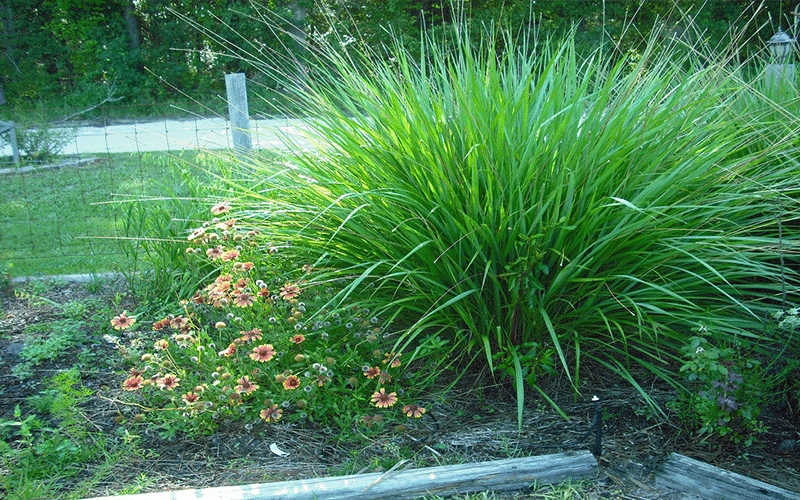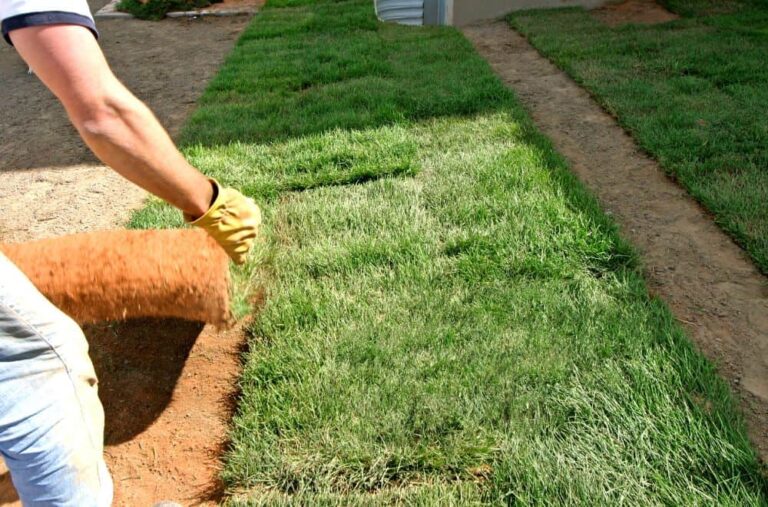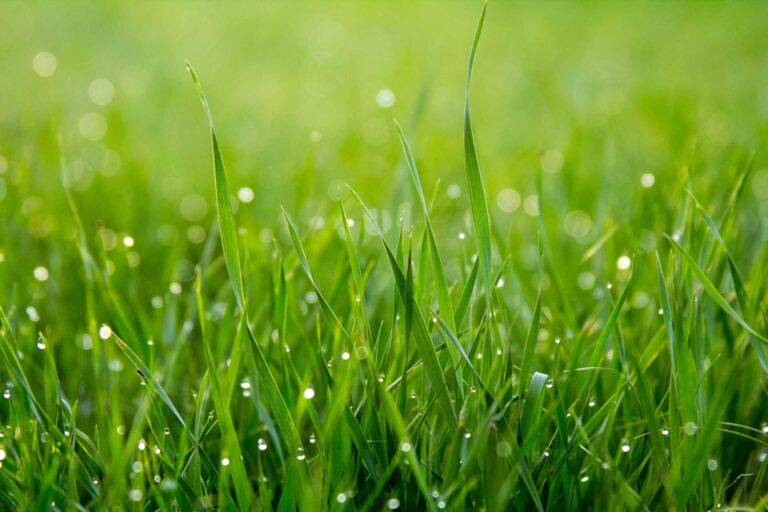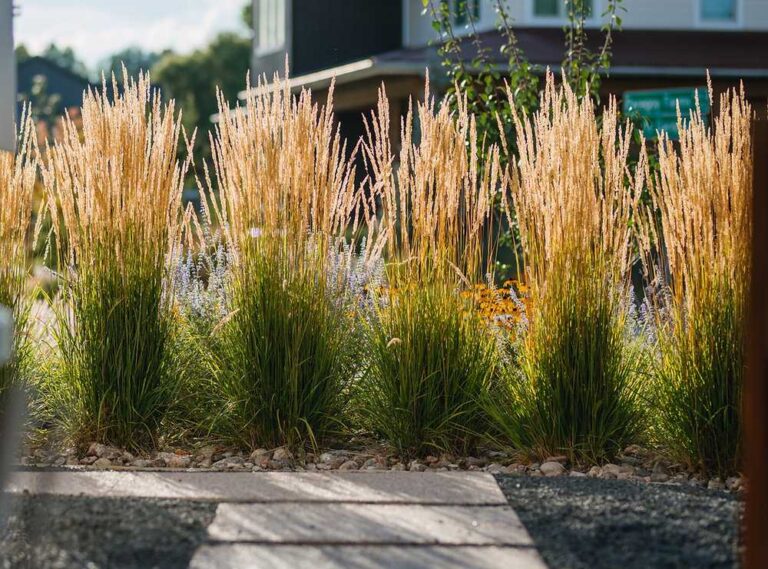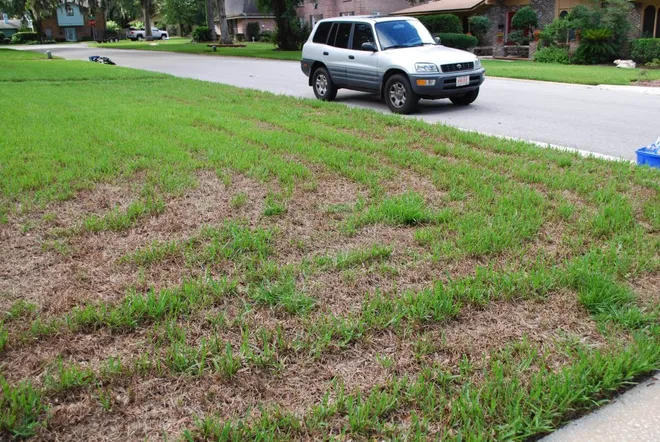Fakahatchee Grass: Planting, Caring, and Maintenance Tips
If you are into ornamental grasses, Fakahatchee, or Eastern Gamagrass, is the one grass species you would love to grow in your yard. Its vibrant green blades and versatility in landscaping make it a favorite choice among gardening enthusiasts. In this guide, you’ll learn more about this grass and whether it’s the ideal species to incorporate into your outdoor spaces.
What is Fakahatchee Grass?
The Fakahatchee Grass is one of the grasses that do well in sub-tropical climates. It stands out with its long, slender blades that can stretch up to six feet. The bright yellow or rust-colored flowers create a visually striking display, and most homeowners now grow this grass, especially in their backyard or garden edges.
You can also grow this grass to add some texture to an otherwise lifeless spot in your yard, for instance, under a palm tree or near ponds and even swamps and swimming pools. In areas where the climate is unpredictable, you can choose to plant this grass in pots.
Something to note about the Fakahatchee grass is that its name has roots in American-Indian Folklore. It’s believed to have been cursed due to its resilience, which made it very difficult to eradicate. And while it’s not one of the typical grasses used for crafting, its texture and color have earned it a place in the modern landscaping world.
Characteristics of the Fakahatchee Grass
Unlike most grasses in its category, Fakahatchee stands as a unique ornamental that brings a touch of elegance and beauty to every garden or outdoor space. If you are wondering whether this grass meets your landscaping needs, here are some of its features to keep in mind:
- Upright Growth. Fakahatchee grass is known for its tall and upright growth. It forms clumps that reach impressive heights of about 4 to 6 feet, making it an eye-catching addition to any landscape.
- Features teeth-edged leaves. As noted earlier, the leaves of Fakahatchee Grass feature some small, sharp teeth along their edges, giving it a unique and textured appearance.
- It has some colorful flowers. During the spring season, Fakahatchee Grass blossoms with delicate, inconspicuous flowers that can be white, pink, yellow, or even rust-colored. Depending on where you have grown this grass, the display can be a great sight in your garden.
- It comes with some eco-friendly benefits. The dense and bunching growth pattern of Fakahatchee grass provides vital coverage for small wildlife, such as the Byssu Skipper butterflies, making it an ideal choice for environmentally-conscious gardeners.
- It’s hardy and adaptable. The Fakahatchee grass is exceptionally robust and thrives in dry, sandy soils. It can tolerate standing water as long as it drains relatively quickly. With a moderate salt tolerance, it’s a great fit for most areas, especially Florida and other areas on the East Coast.
- It has a dwarf Variety. For those with limited outdoor space, you can choose the dwarf Fakahatchee Grass, which reaches a more modest height of 2 to 3 feet.
Planting and Caring for Fakahatchee Grass
Before planting the Fakahatchee Grass, there are several things you need to know about this ornamental grass species. First, it’s worth noting that Fakahatchee grass, along with the dwarf variety, does well in zones 8 to 11. They also thrive in full sun but can comfortably handle partial shade.
Due to their hardiness, Fakahatchee is known to do well in wet and irrigated sites as well as in dry environments. Besides growing these grasses as ornamental pieces, you can also plant them on garden edges and borders or as soil covers to stabilize banks and slopes. That said, here are some planting and caring tips to keep in mind.
Planting Tips
Fakahatchee grass is often propagated from seeds, which you can find at a local nursery. For faster and healthier growth, you want to sow the seeds in a well-prepared and weed-free seedbed with access to enough sunlight and light shade. To get optimal results, the soil should be well-drained.
Once you are ready to plant these seedlings, plant them with the appropriate spacing, at least 36-40 inches apart, to ensure maximum sunlight and space to grow. If you are planting in a drier area, make sure to water the grasses until they are established. To make your work easier, especially when planting a smaller number, you can use pots or containers.
Caring for Fakahatchee Grass
Unlike most grasses, this species is fairly low-maintenance, except for the occasional pruning, especially in late winter and early spring. You may also need to fertilize the grass with slow-release fertilizers at least twice or thrice a year. Alternatively, you can use organic matter to enrich the soil further and keep the grass healthier for a longer period.
When it comes to sunlight requirements, the grass thrives with at least six hours of direct sunlight. It’s also highly heat-tolerant, but it’s sensitive to freezing temperatures. If you want to propagate Fakahatchee grass through divisions, it’s best to do so in early spring. All you need to do is divide the grass into smaller vegetative parts containing roots, stems, and leaves.
Vegetative propagation is faster than seed propagation. The only disadvantage is that the new plant will inherit most, if not all, of the characteristics of the original stock, including the undesirable ones. It also takes less time for the new plant to establish and grow, meaning less maintenance is required. During early summer, mature grass may produce jointed seeds, and you may want to occasionally cut back or divide the grass from the base or rootstock for renewed growth.
If you are using Fakahatchee grass for erosion control, you want to space them with a smaller spacing. Ensure the seedlings or vegetative plants are planted before the heavy rains. This grass also prefers moist soil for proper establishment, so you want to water them regularly.
Pest and Disease Management
Fakahatchee grass, like most low-maintenance grasses, is fairly resistant to pests and diseases. However, it may face minor issues like fungal infections or suffer damage from sap-sucking insects. Both these issues are reasonably manageable. You can use fungicide, neem oil, or a relevant pesticide if the damage is severe.
Grow and Care for Fakahatchee Grass like a Pro
Whether you want an ornamental grass that catches the eye or prefer a low-maintenance ground cover, Fakahatchee Grass is that one species that never disappoints. With its adaptability and easy care, this grass can be a great addition to your landscape. Follow the guide above to ensure you are planting and caring for Fakahatchee grass the right way.
